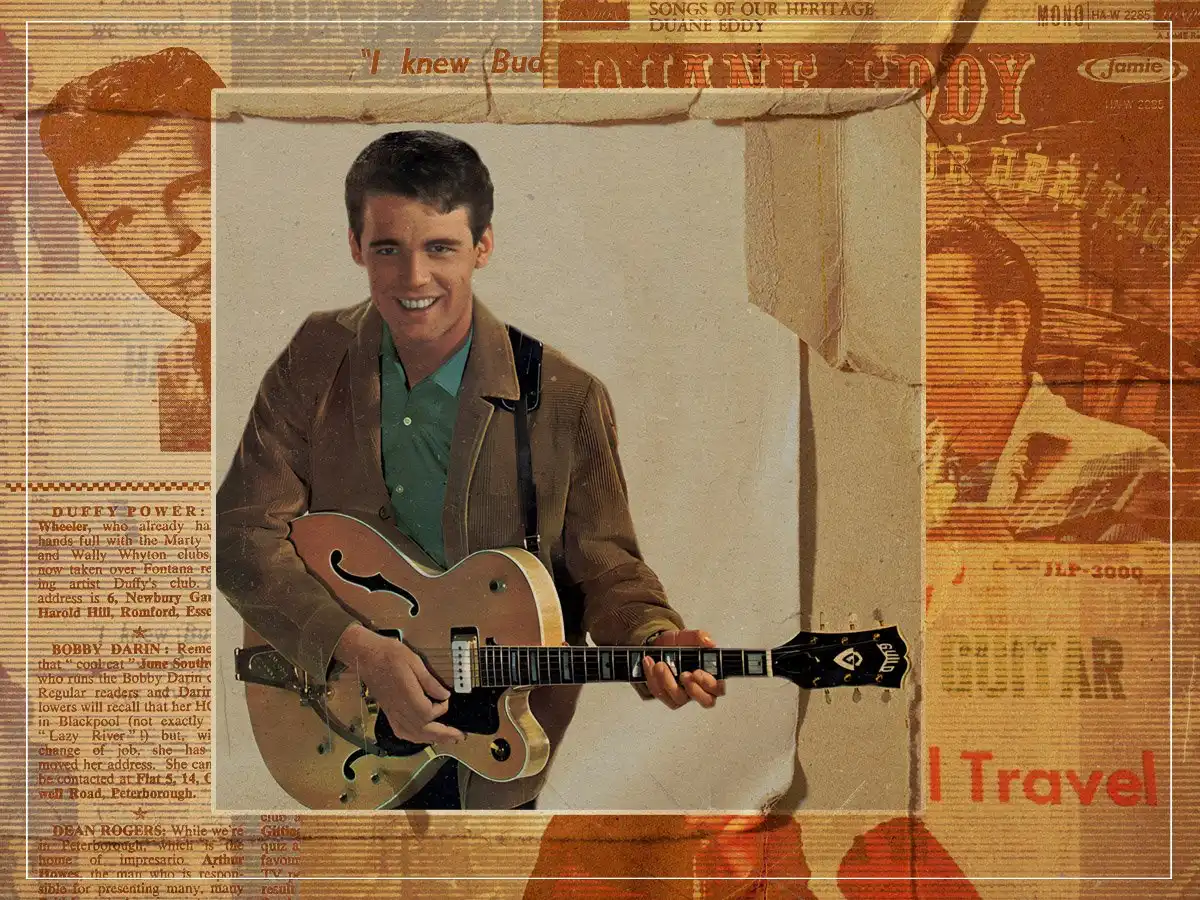How Duane Eddy Acquired His Signature Twang
Duane Eddy's twangy guitar sound revolutionized rock 'n' roll in the 1960s, influencing generations of musicians and shaping music history.
The impact of the rock 'n' roll era on modern music cannot be overstated. The pioneers of this genre, such as Duane Eddy, made giant strides that continue to influence music today. Despite the distinct sound and aesthetics of that time, the legacy of artists like Eddy can still be heard on the airwaves.
Duane Eddy, an innovative rock 'n' roll guitarist, left a lasting impact during the late 1950s and early 1960s. His collaboration with studio whizz Lee Hazlewood produced a string of notable hits that showcased his famous "twangy" guitar sound. Classics like 'Rebel-'Rouser', 'Peter Gunn', and 'Because They're Young' epitomized Eddy's unique style.
Eddy's influence extended far beyond his own era, with musicians like Pete Townshend, Dave Davies, and George Harrison citing him as a hero. Even contemporary artists like Adrian Belew, Mark Knopfler, and Bruce Springsteen have acknowledged his prowess and the impact he had on their music.
The iconic 'Rebel-'Rouser' was a defining moment in Eddy's career, showcasing his signature sound that was achieved by recording in a unique setup at Audio Recorders in Phoenix. Hazlewood played a crucial role in refining Eddy's guitar sound, using unconventional methods like recording in a grain silo to produce the twang for cheap.
Eddy's debut album, 'Have Twangy Guitar Will Travel', introduced his sound to the world and coined the term 'Twangy'. Despite his initial reservations about the word, it became synonymous with his style and cemented his place in music history. The legacy of Duane Eddy and other rock 'n' roll pioneers continues to shape the music we hear today, proving that the classics never go out of style.











Comments on How Duane Eddy Acquired His Signature Twang